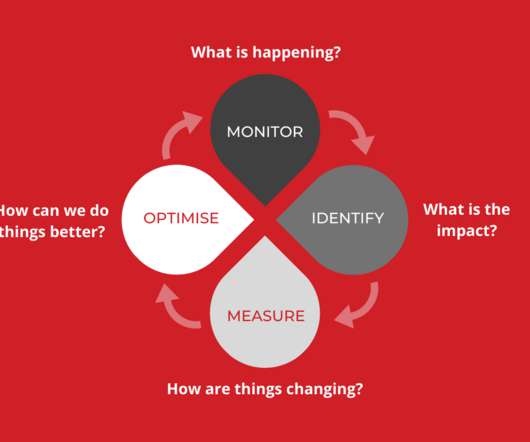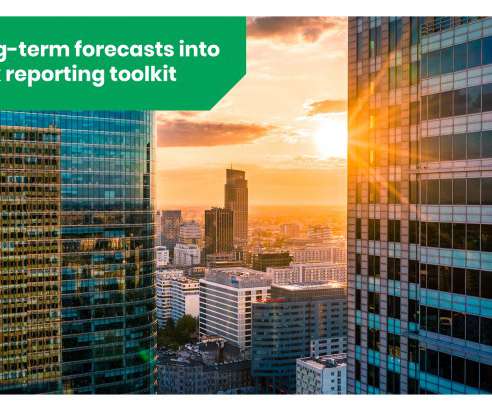How data and analytics can help businesses stay ahead in uncertain times
Data Insight
APRIL 8, 2020
So, in the face of uncertainty, how should businesses be looking to use data to stay ahead? We’ve outlined the four key data-driven phases that businesses should be considering. This phase is about identifying the specific segments, customers, channels or products that are at risk or represent an opportunity for growth.













Let's personalize your content